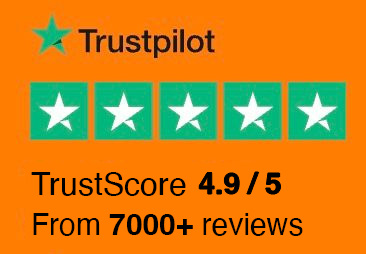Understanding some of the differences between PVC DWV pipes and schedule 40 PVC pipes
When it comes to the best in PVC DWV Drainage, there are different factors involved.
If you want to know what PVC DWV pipes are and how they're different to schedule 40 PVC pipes, a good way to begin is by understanding what PVC actually is in the first place.
Way back in 1835 the French Chemist H V Regnault prepared vinyl chloride in a laboratory and he observed that in sunlight it changed forms. This new form became known as Polyvinyl Chloride (PVC).
Over time, it was discovered that by adding different chemicals to it, PVC could become much more flexible. It became plasticized.

In the 1930s, PVC started appearing on the commercial market in different forms. It was being used to make vinyl records, raincoats, thin sheeting and pipes. The benefits of PVC pipes soon became clear. They were light, easy to use and cost-efficient, compared with pipes made from concrete or copper.
As its use in piping evolved, so did the types of PVC piping, two of those types being schedule 40 PVC and PVC DWV.
Are white schedule 40 PVC pipes and PVC DWV pipes the same?
Sometimes there can be confusion over them and it's easy to understand why. They look pretty similar. They're both made from the same form of unplasticised PVC (PVC-U) but the difference is in the wall thickness.
Schedule 40 PVC pipes are made with thicker walls that stand up to low pressure applications.
Whereas PVC DWV piping has thinner walls and is not made for pressurized applications.
Another thing that can cause confusion sometimes is the end types. Usually both types of pipes are slip fitting, but some PVC DWV pipes and fittings schedule 40 pipes and fittings are made with threading and to the same size as each other. Because of this they'll fit together, but it's not recommended.
Using them together in the same piping system can lead to major problems. It could even end in disaster if non-pressure pipes end up being used in pressure applications.
Key differences with PVC DWV pipes
There are a number of main differences between PVC DWV and schedule 40 PVC pipes.
PVC DWV:
- Have thinner walls
- Because of this they are less expensive than schedule 40 PVC
- Are not made for handling pressure
- Come with a few specialized parts including p-traps, drains and cleanouts
Because of these differences, their applications are vastly different. Let's take a look at their applications.
There's no pressure trying to identify the applications for PVC DWV pipes
We mentioned one of the key differences is their thinner walls, made for non-pressure applications. This means the types of pipe systems they suit are for Drain, Waste and Vent. This is why they're called DWV. It signifies the three applications.
PVC DWC piping is also used in above ground plumbing and drainage in buildings, and underground sewerage and drainage in buildings and infrastructure.
On the other hand, schedule 40 PVC pipe is used in gas distribution, heating and cooling systems, fire protection installations, water supply and distribution. These are all low-pressure applications.

What are the benefits of PVC DWV pipes and fittings
When it comes to using PVC DWV piping, there are many specific benefits that make them perfect for drain, waste and vent applications.
A summary of these benefits includes:
- Corrosion resistant in sewerage and ground water environments
- Resistant to root penetration
- Resistant to fracture, coping with soil movements better
- Flame resistant
- Lighter, easier to handle and install which reduces project costs
- Easy to machine and cut, ready for jointing anywhere on the pipe barrel
- High flow, because there’s no scale or built up corrosion
- Long lasting
- Watertight when joined
One more benefit is the variety of sizes. Because of the different applications, the range in diameters of PVC DWV pipes go from 40mm all the way up to 375mm.
Creating a comprehensive PVC DWV system is easy with all the fittings on the market
We've talked a lot about PVC DWV pipes and the benefits. Along with the pipes there are a truckload of PVC DWV fittings that make a plumber's job much easier.
Some of the fittings include:
- Flanges
- Clip heads and saddle clips
- Various degree bends
- Junctions
- Reducers
- Various couplings and adaptors
- Caps and plugs
- Inspection fittings
These are just a few of the fittings. It's easy to create a comprehensive system of piping for drain, waste and vent applications with all the different fittings available, such as the 80mm x 40mm Level Invert Taper DWV from Plumbing Sales.
Shop online anytime with Plumbing Sales for all your PVC DWV pipes and fittings
Plumbing Sales is Australia’s largest online plumbing retailer; a trusted name for quality plumbing products from leading brands.
Along with the quality and biggest range, you get the lowest prices Australia-wide.
You’ll also get the bonus of free shipping to most areas around Australia on orders over $300.
For the best price, best range and best quality of plumbing supplies, the name to know is Plumbing Sales.


